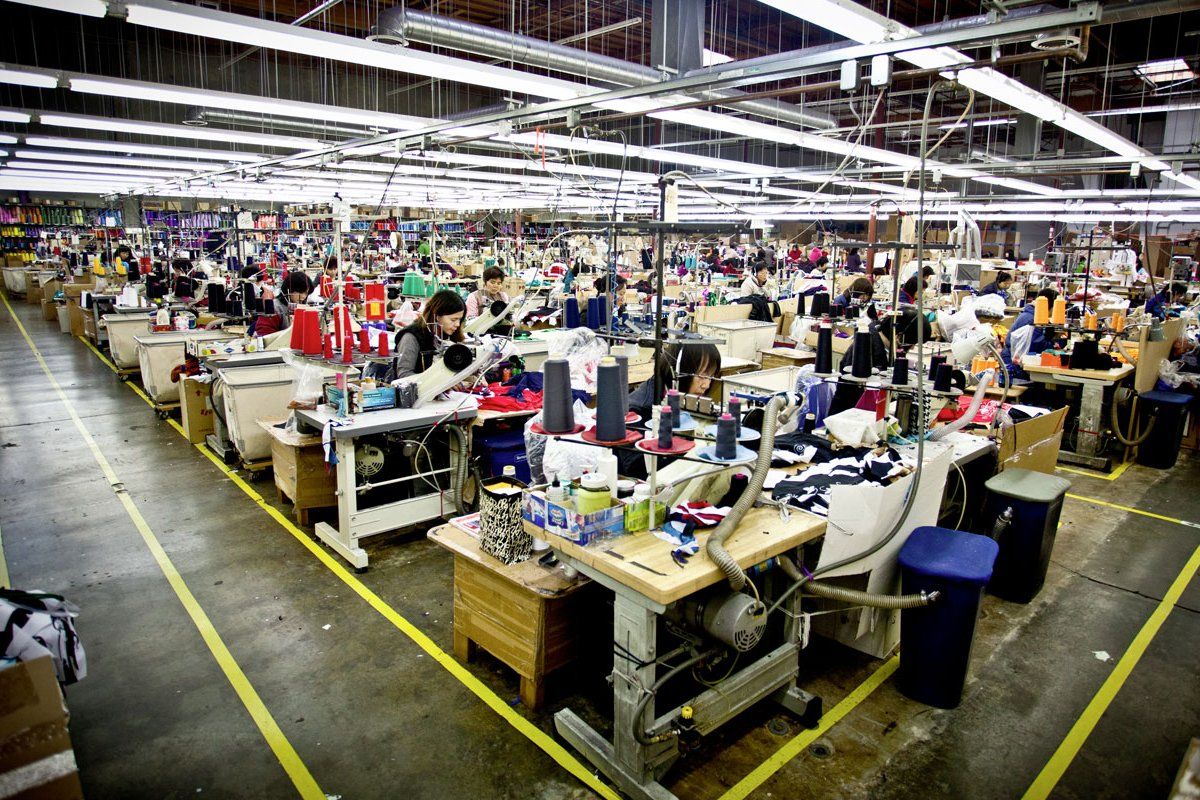Manufacturing output in the Philippines hit a 2-year high during the first half of 2024, a stark contrast to the sector’s “lackluster” performance in past months and years since the pandemic.
As photos of Business Mirror showed warehouses and factories in Meycauayan, Bulacan, contribute to the country’s growing manufacturing sector, which saw a rise in factory output.
Key industries, including electronics, transport equipment, and food products, have driven this increase, reflecting the resilience and continued expansion of local production capabilities.
Nationwide factories output in September 2024 posted the highest Purchasing Manager’s Index (PMI) level in two years, according to Standard & Poor’s (S&P) Global Market Intelligence.
In its latest report, the country’s PMI score reached 53.7 in September 2024 from only 51.2 in August 2024. S&P Global Market Intelligence said this is the “highest since mid-2022,” Business Mirror added.
‘Solid improvement’
This, S&P Global Market Intelligence said, also indicated “a solid improvement” in the state and health of the Philippine manufacturing sector.
“The Filipino manufacturing sector showed a significant improvement at the end of the third quarter, as indicated by the latest PMI data,” Maryam Baluch, Economist at S&P Global Market Intelligence, said.
“Overall new orders increased at a much faster pace, despite demand for Filipino goods taking dropping notably in international markets. Consequently, manufacturers boosted production at a strong rate,” she added.
Baluch noted that while there was still weak international demand and there are supply chain issues, strong domestic demand is driving and will drive manufacturing sector growth moving forward.
She said this indicated improved confidence among manufacturers, especially since factories increased their hiring and purchasing activities, which was the highest since January 2023.
“Price pressures also rose due to supplier charge increases and recent weather events affecting raw material costs. However, inflationary pressures remain historically subdued which supports the central bank’s recent decision to ease monetary policy,” Baluch said.
Strong peso, strong demand
Apart from these, Rizal Commercial Banking Corporation (RCBC) Chief Economist Michael Ricafort said the appreciation of the peso versus the US dollar is helping factories manage their costs as well as lower oil prices which have registered 15-month lows and near three-year lows.
Ricafort added that prices of certain major global commodities have posted the lowest levels in 3-4 months. This is expected to help reduce the importation costs and overall input costs of some local manufacturers/producers.
Further, Ricafort noted the absence of Covid-19 restrictions for more than a year helped the manufacturing industry—and other industries—recover.
“When the Covid state of public health emergency was finally lifted, [it] led to further recovery of more businesses/industries, especially those hit-hard by the pandemic such as tourism, other services, among others, nearer or even exceeded pre-pandemic levels recently,” Ricafort said.
Earlier, the Philippine Statistics Authority (PSA) reported that the country’s factory output posted a three-month high on the back of an increase in the production of electronics, transport equipment, and food products.
Based on the latest report on the Production Index and Net Sales Index or the Monthly Integrated Survey of Selected Industries, the Volume of Production Index (VoPI) was 5.3 percent in July 2024.
#WeTakeAStand #OpinYon #PSA #ManufacturingOutputinPH #Factories
